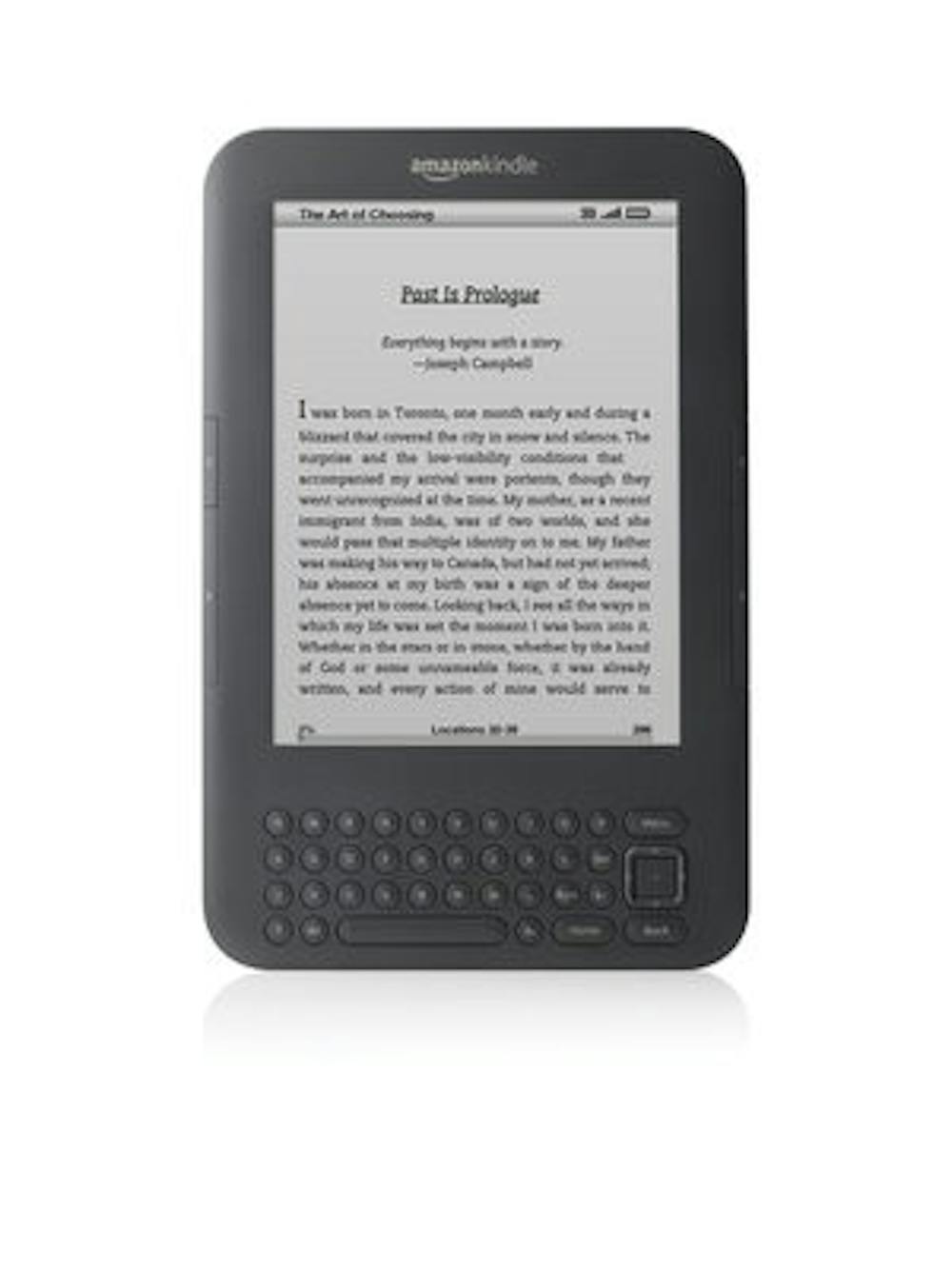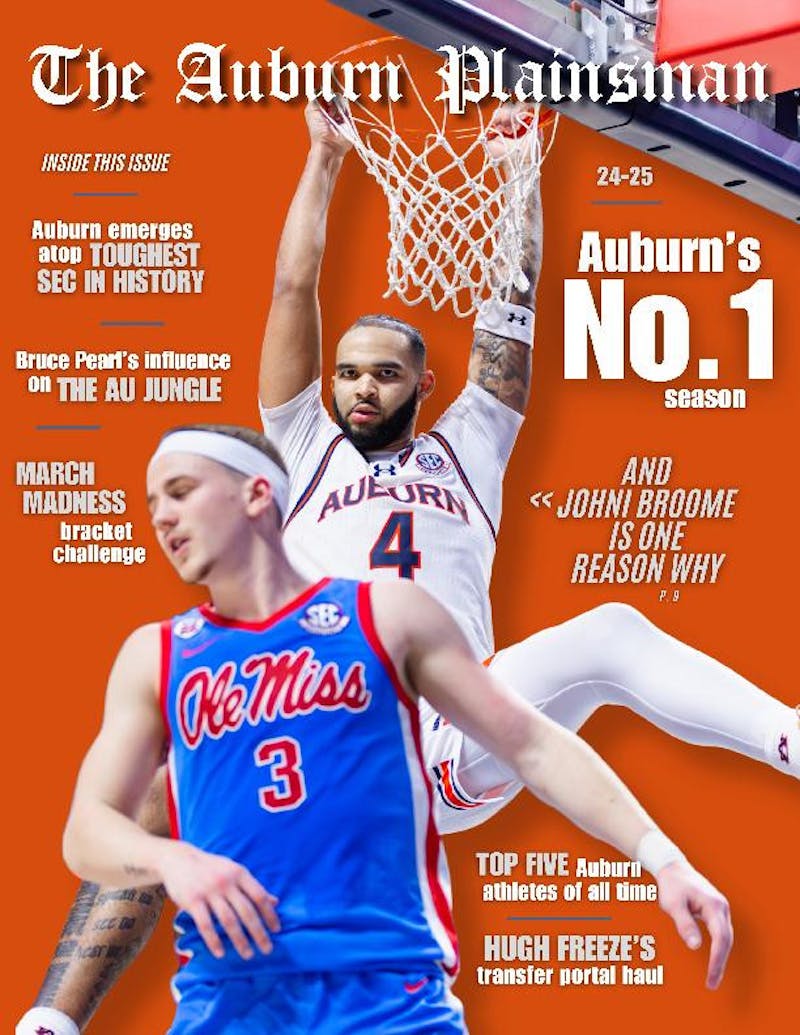When people find out I have a Kindle, I usually get one of two reactions: genuine curiosity or blatant horror, as though I am actively participating in the downfall of literature and the publishing industry with my e-reader, the electronic equivalent of burning books.
Let me just say this: my Kindle will never replace books for me. Not all books were meant to be read digitally.
But it is a great supplement to my library.
Nothing will replace the feeling of holding in your hands the slim paperback version of "Perks of Being A Wallflower," and I can't imagine how the PowerPoint chapter of Jennifer Egan's "A Visit From the Goon Squad" will be successfully rendered to electronic form (hint: it won't).
On the other hand, books like Stieg Larsson's "Girl with the Dragon Tattoo" are perfect reads for the Kindle.
The paperback version, a gaudy neon yellow travesty, loses absolutely nothing when transferred to electronic form.
Some books are less about the experience of reading them than the story itself--mass market paperback airplane novels with cheap ink that sticks to your fingers and dime-a-dozen thrillers by James Patterson, for example.
Of course, if I'm sitting on a New York subway reading Proust like every other hipster in the world, I'm going to be reading the paperback version. But if I'm reading a steamy Nora Roberts romance novel, I'll be reading it on my Kindle.
My point is this: some books, the ones where the plot is more important than the form, are perfectly acceptable Kindle books, and oftentimes cheaper (and occasionally free).
The Kindle is light and feels bookish, too, something I wouldn't say about the iPad.
The Kindle's capacity also makes it super convenient.
My Kindle holds something like 1,500 books, while the lowest-end new ones (for $139) hold something like 3,500.
The "E-Ink Pearl" technology is probably my favorite feature. The Kindle, unlike the NOOKcolor and the iPad, doesn't use an LCD screen and isn't backlit.
Yes, this means you will need an external light source to read on your Kindle.
But this is actually a good thing. While you can't read in the dark (and with traditional books, you can't do this either, so why would you want to?), you can read in bright sunlight without problem, so taking the Kindle to the beach is a viable option, as long as you don't get it too wet.
Furthermore, you can choose the free unlimited 3G option for $50 more, which I highly recommend.
The 3G works globally, so you can get books instantly downloaded to your device even while studying abroad.
No contracts or monthly payments are involved, no hooking up to a computer.
The Kindle design is also superior to other e-readers out there. The charcoal look is a significant improvement from the creamy white (in my opinion) and the full keyboard isn't too clunky or in the way, like I feared it might be.
While it's true that it's not a touch screen, for me this is a positive feature.
I'd be so bogged down with distractions like Facebook and Words With Friends, I don't think I would ever get any serious reading done on an iPad.
The Kindle doesn't do as much as the iPad, and you can't pay your taxes with it. But if you're buying an e-reader to read, then these extra features will be needless.
While it's true that you can put music on the Kindle and surf the Web in a basic form, these features take a backseat to the books.
Amazon pared everything else away and gave us the best e-reader on the market with the best features that an e-reader needs: a light, bookish feel, an E-ink display that looks and feels like a page, a large library specifically for book content and the ability to download books from anywhere.
And with the new Kindle, you can even loan certain e-books to other Kindle users for a 14-day period, although this feature flopped when introduced to the Nook and may do the same on the Kindle.
E-books will never replace tactile books in my lifetime, unlike the way digital songs replaced albums and CDs. And I don't believe they were meant to.
That being said, the Kindle is a great addition to my growing shelf library.
Do you like this story? The Plainsman doesn't accept money from tuition or student fees, and we don't charge a subscription fee. But you can donate to support The Plainsman.




